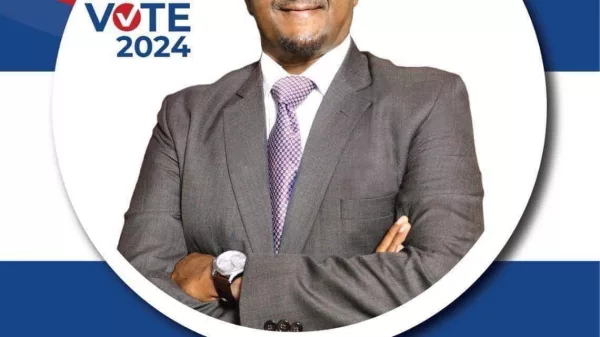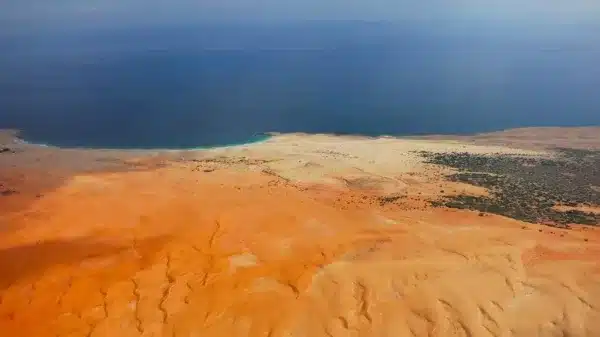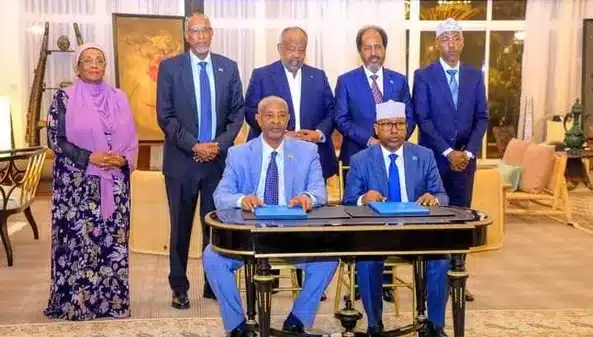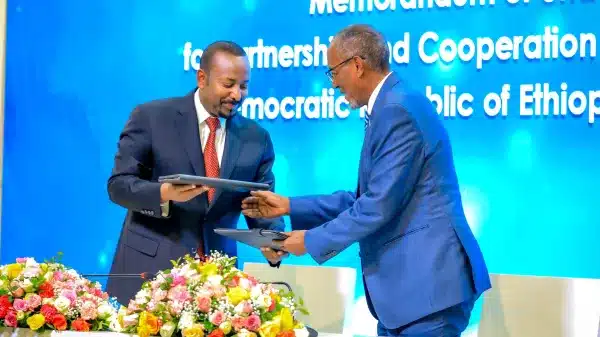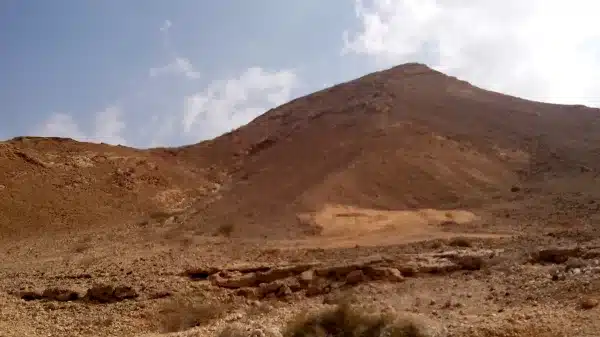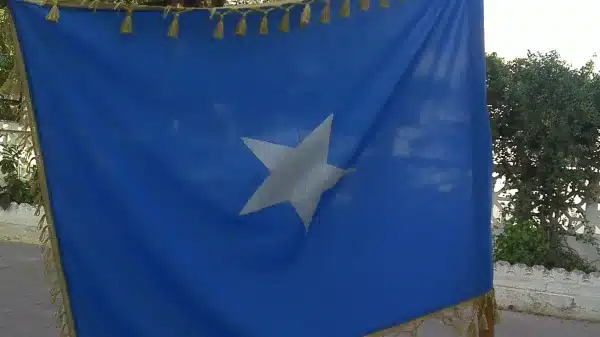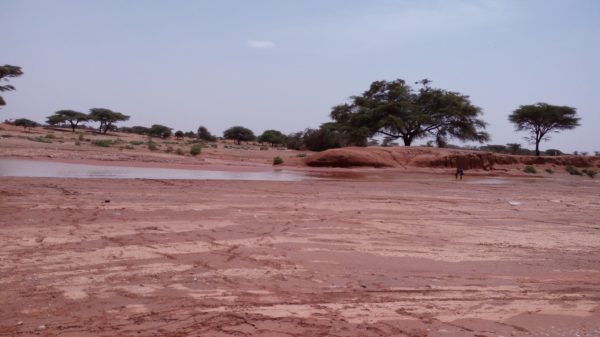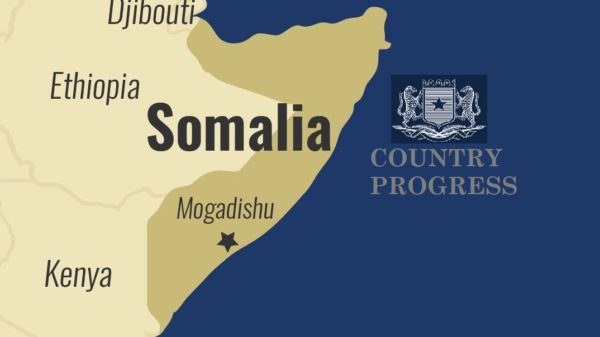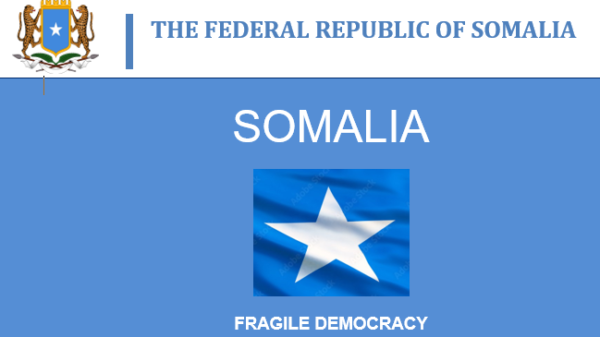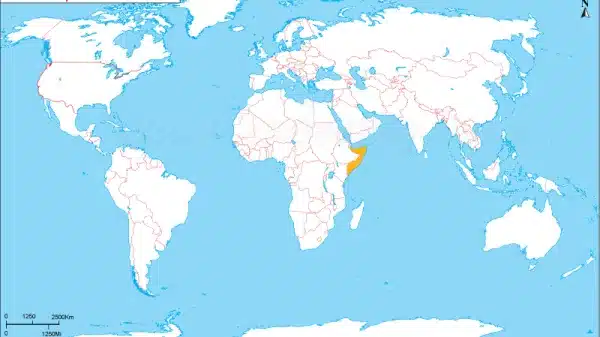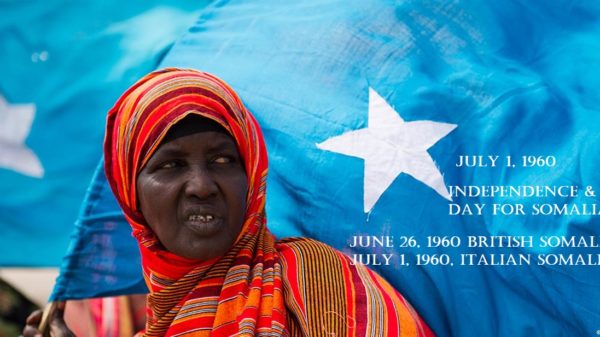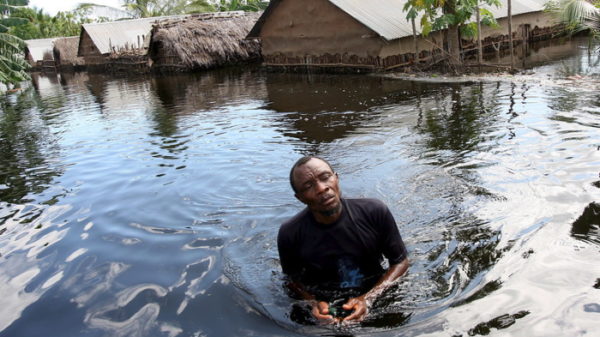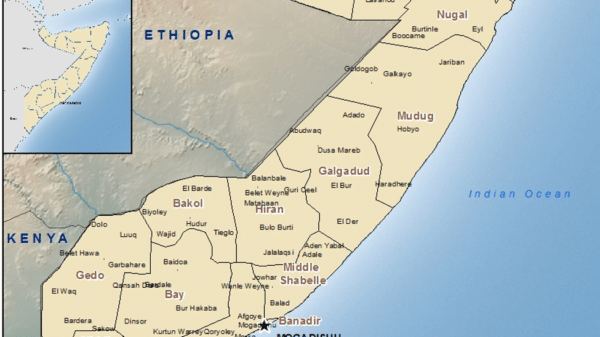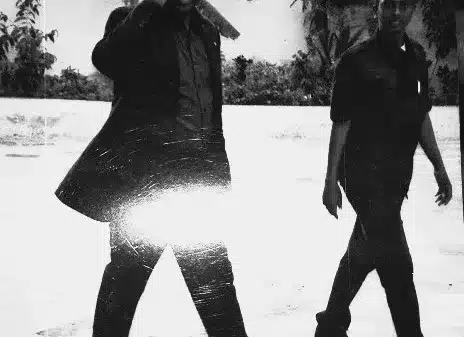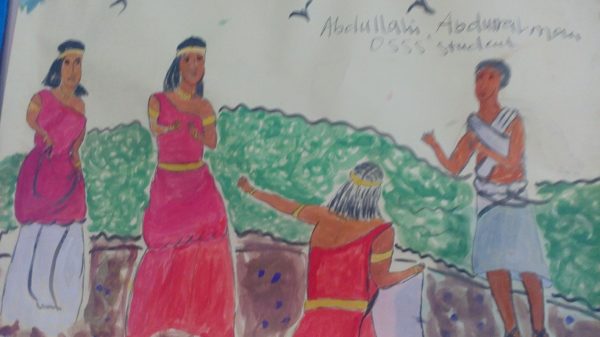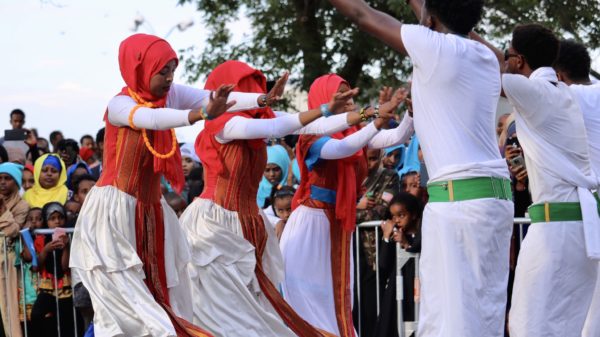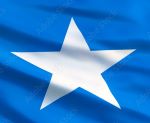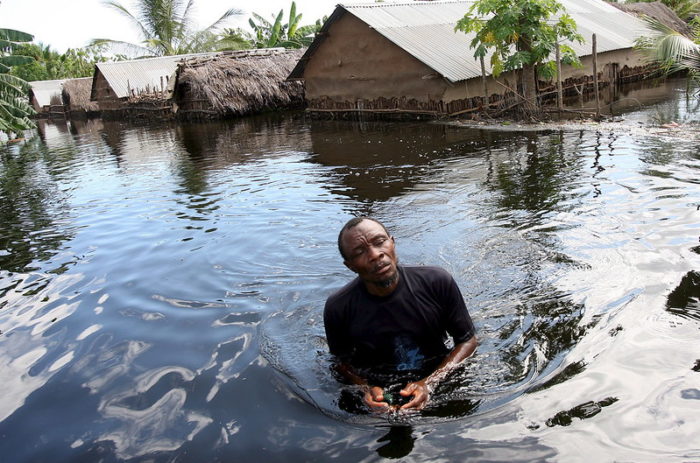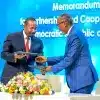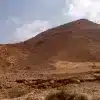The climate shocks between two extreme risks of either cycles of floods or droughts is real in Somalia, almost every year. Country already struggling with local conflicts, and political and economic instability, climate change realities play a powerful role of the two decades long crisis. Contributing to the structural vulnerabilities, such as high levels of poverty, resource scarcity, and young governing institutions or support for institutions. Consequently, prolongs the national climate crisis and hinders efforts towards disaster response and risk management, according to the Somali Ministry of Planning, report on floods issued in May, 2020.
The report also states that the country is in a very fragile state-building status quo, caught on improving stability, rule of law and governance, which puts service delivery in general at bay. Thus, putting many citizens’ lives in danger and creating hostile and inhabitable environment due to the lack of preparedness of the global climate crisis both natural and man-made disasters that are making cyclical floods and droughts within the country. Calamities that makes the situation unbearable for Somali citizens specially the famers and nomads. These conditions are in no doubt the biggest threat within and a major factor contributing to displacement in the country.
During an interview, Ali Adan Siyad, a local historian and a farmer in Beledweyne recounts the three worst floods in recent history; happening in 1981, 1997 and 2019. In 1981, he remembers how the Somali government response was organized and most effective and feels there is a greater danger of floods due to the absent role of the government and the lack of planning and preparedness. Siyad, his family and the farmers of entire village Tuulo Raaxo were among 231,000 people who have been displaced by the floods in Beledweyne in 2019.
Over the last 30 years in Somalia, recurrent droughts and floods have become more intense, frequent and unpredictable, linked to climate change. In October 2019, floods devastated and displaced many communities, affecting over half a million – or 574,000 – people, according to latest reports by the United Nations Office of Coordination for Humanitarian Affairs (OCHA, 2019). Every years, hundreds of thousands of families are forced to leave their homes and many of them are in dire need of clean water, shelter, health and food supplies. Many small towns along Shabelle and Juba rivers are flooded every year. However, Beledweyne and Baardheere districts are the worst effected with half a million people displaced every flooding season. In 2019, Beledweyne town virtually submerged under floodwaters, increasing instability amid widespread poverty. In addition, the flooding caused significant damage to infrastructure, properties, crops, livestock, and delayed planting, including increased risk of malnutrition and water-mosquito-borne diseases as the water slowly recedes, according to OCHA report. The report also stated that extreme weather events, driven by climate change, have increased in frequency and intensity in Somalia, worsening humanitarian needs in an already fragile country.
Global climate change impact is real and this part of the world is most effected. It is also regional, rains that dropped upper stream of the watershed in Ethiopia produce huge amount of flash floods to Beledweyne district area along the Somali-Ethiopia border. According to experts with the Somali government, Ethiopian highlands are injecting huge amount of water to the rivers, since the sources of the rivers is from Ethiopia. Also, water floods that are made by the rain from the highlands and mountainous topography above the river level/bed within the Somali borders are not well managed and are contributing to the flood hazards.
“We must understand how global climate change significantly contributed displacement and has shaped Somali society, which is the key to efforts towards forging peace and sustainable socio-economic improvement in the years to come”. Mohamed Ali who is advisor to the Somali government on forced displacement said. Displacement patterns have fundamentally altered the social and demographic composition of Somalia. Internal displacement has contributed to a rapid pace of urbanization, the re-concentration of social groups, and it has sharpened identities in Somalia.
The estimated displaced population in Somalia stands at 2.65 million as of 31 July 2018 (UNHCR), the numbers of people affected by displacement are staggering. Droughts are becoming more extreme, and refugees and displaced people are bearing the brunt. Forced displacement is a key feature of the current context of Somalia. Those affected by displacement comprise a significant vulnerable group in need of sustained support. They will need to be a special target of initiatives that aim to build security and development through overcoming social, political and economic exclusion.
Climate issue is global and poor countries like Somalia are unable to mitigate the climate crisis with their own ways and resource. Therefore, it is a global responsibility to support enabling conditions for sustainable development aiming to reduce poverty as a barrier.
However, it is really necessary to clarify and reaffirm that the essential responsibilities to mitigate climate shocks lies with Somali government and the people. It is important to clarifying and maintaining the essential role of the government at the federal level, state and other public bodies. The government acts as guarantor of human rights and participatory of democracy and must provide the leadership required. It is the sole responsibility of the government to provide guarantees to the people. The right to protection and development is an actual social security claim and indeed, one of the most powerful institutional expressions of social solidarity. Therefore, the State must act to protect vulnerable groups at risk, because of climate crisis. Social protection systems therefore provide not only social security, which is designed to protect all members of society against life’s risks, but also social services for all and social assistance for those in particular needs.
Author
-
Strategic Communication Specialist and Consultant, graduated from The Ohio State University with Strategic Communication major and Journalism. Follows the social and political changes of the wider East Africa region, with keen interest of the Somali news and issues, with over 12 years media and communication experience in the region.
View all posts



